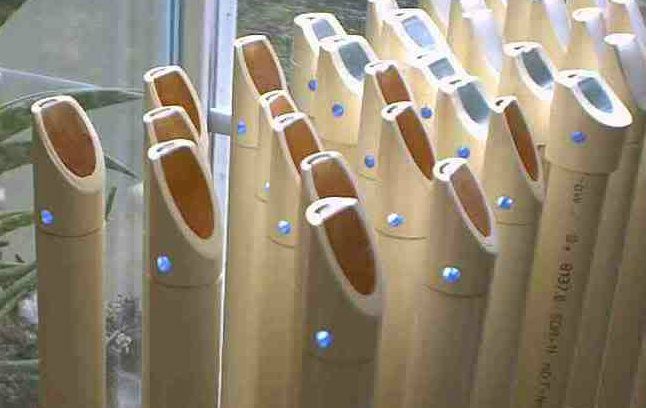So my question concerns the lip, but let me describe the whistle first:
By playing around with the window length I believe I have it so it's as good as it gets in terms of balance between octaves. Really though 8ive 1 is a bit soft and 8ive 2 needs a quite a bit of air. That said--The lip is beveled as per the instructions, but I'm still not clear on the bottom edge of the lip thing. The instructions say that "If you sharpened the lower edge of the lip, you'll have to blunt it slightly with fine-grained sandpaper." Well with mine I stopped beveling before getting to the bottom edge, so there's a bit of flatness there. Where this vertical plane meets the inside curve of the bore there is an edge (90 degrees) and where said plane meets the bevel at the top of the whistle there's an edge (not as sharp and less defined, maybe 30 degrees)
does this make sense?
So how important is the lip edge to the sound? Based on my description does it seem like mine is wrong? I wonder if the whistle's problem is twofold: the edge of the lip is all wrong AND I haven't mentioned that (as it says in the troubleshooting section of the instructions) There may not be enough space under the lip. (between the fipple block and the lip, that is.)
here's the diagram of that last thing from the instructions: http://www.ggwhistles.com/howto/underlip.png
sorry for the long post. Thanks for reading!
ff

